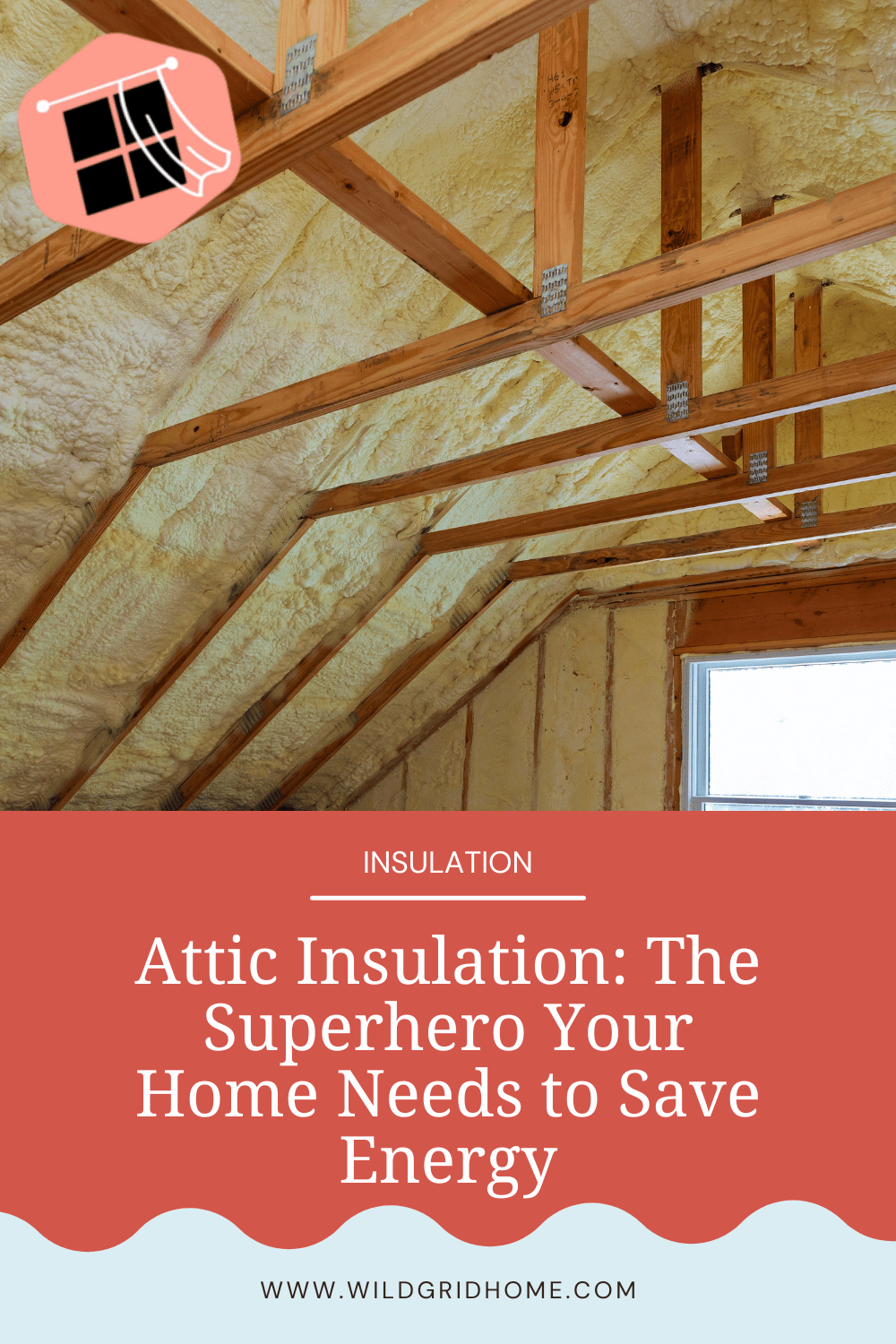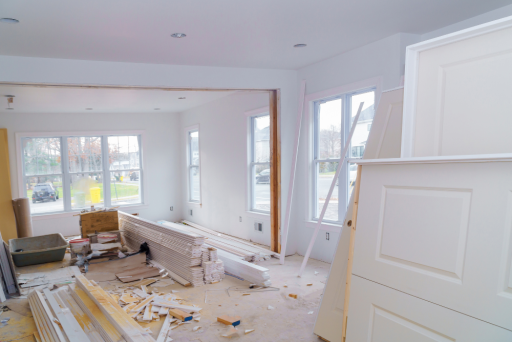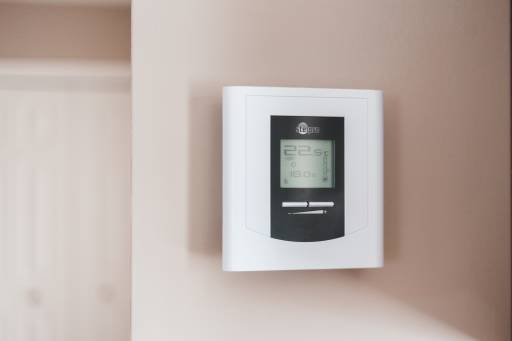Attic Insulation: The Superhero Your Home Needs to Save Energy
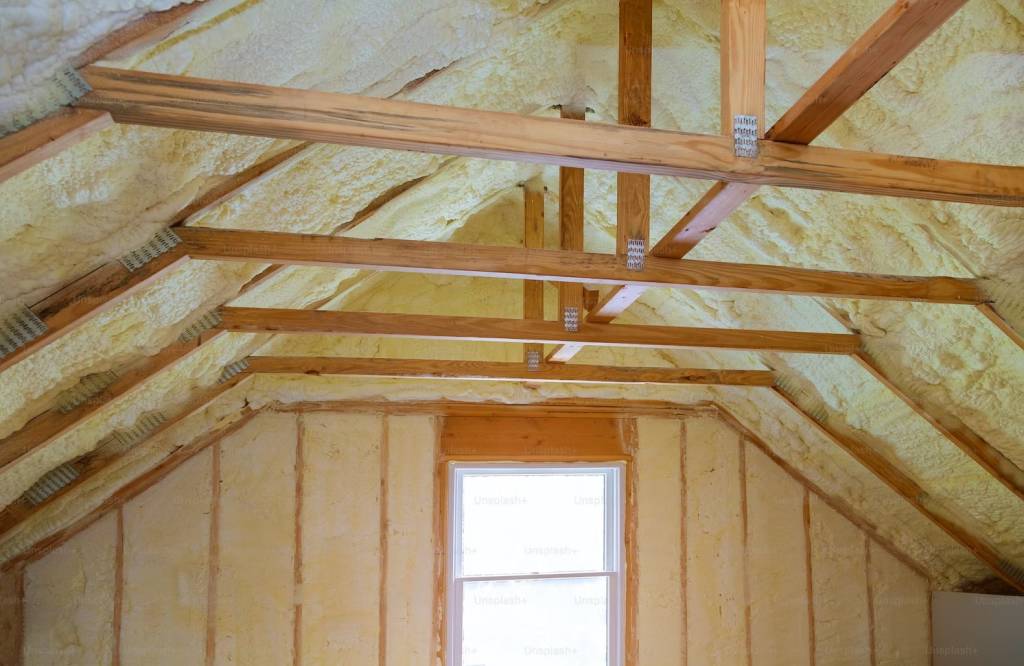
So, you're pondering the idea of insulating your attic but feel like you’re in over your head. Fear not, my friend, for we’re here to help! 🦸♀️
Before we dive into the nitty-gritty, let's address the elephant in the attic - why insulate?
You see, a poorly insulated attic can cost you more on your energy bill because attics have large surfaces where air can escape. Not only will it be hard to keep money it your wallet, it’ll be hard to keep your house at an ideal temperature too.
Winter chills can give your precious heat a free pass to escape, while the hot summer sun can sneak in uninvited.
But insulation is here to save the day!
Sure, it may require an initial investment, but the long-term benefits will be worth it. Say good-bye to pesky utility bill spikes and hello to a more comfortable home all year round!
Don’t let those benefits stop you there, you can also expect…
😊 Improvement in your indoor air quality
📈 Increases in your home’s value
🕷️ Less pests
💧 Prevention of structural damage from moisture
💪 More efficient HVAC system
🏠 Prolonging the life of your roof
🔈 Noise reduction
🌱 Protecting the environment
Insulation this, insulation that
Attic insulation will keep your house cooler in the summer and warmer in the winter. It’ll also save you some serious $$ on your energy bills. What’s not to love?
But let’s make sure you’re learning how to properly insulate an attic and making the best choices for your house and budget.
Before we start: what are r-values?
As you weigh your options among the insulation types, you may come across the term "r-value," which is a measure of insulation performance.
R-values are expressed per inch of thickness and indicate how effective the insulation is at trapping heat inside or keeping it out. The higher the r-value, the better your climate control and energy efficiency will be.
It’s a numerical game changers in your quest for the perfect insulation!
Now… onto the different types of insulation and why they might be perfect for your attic insulation project!
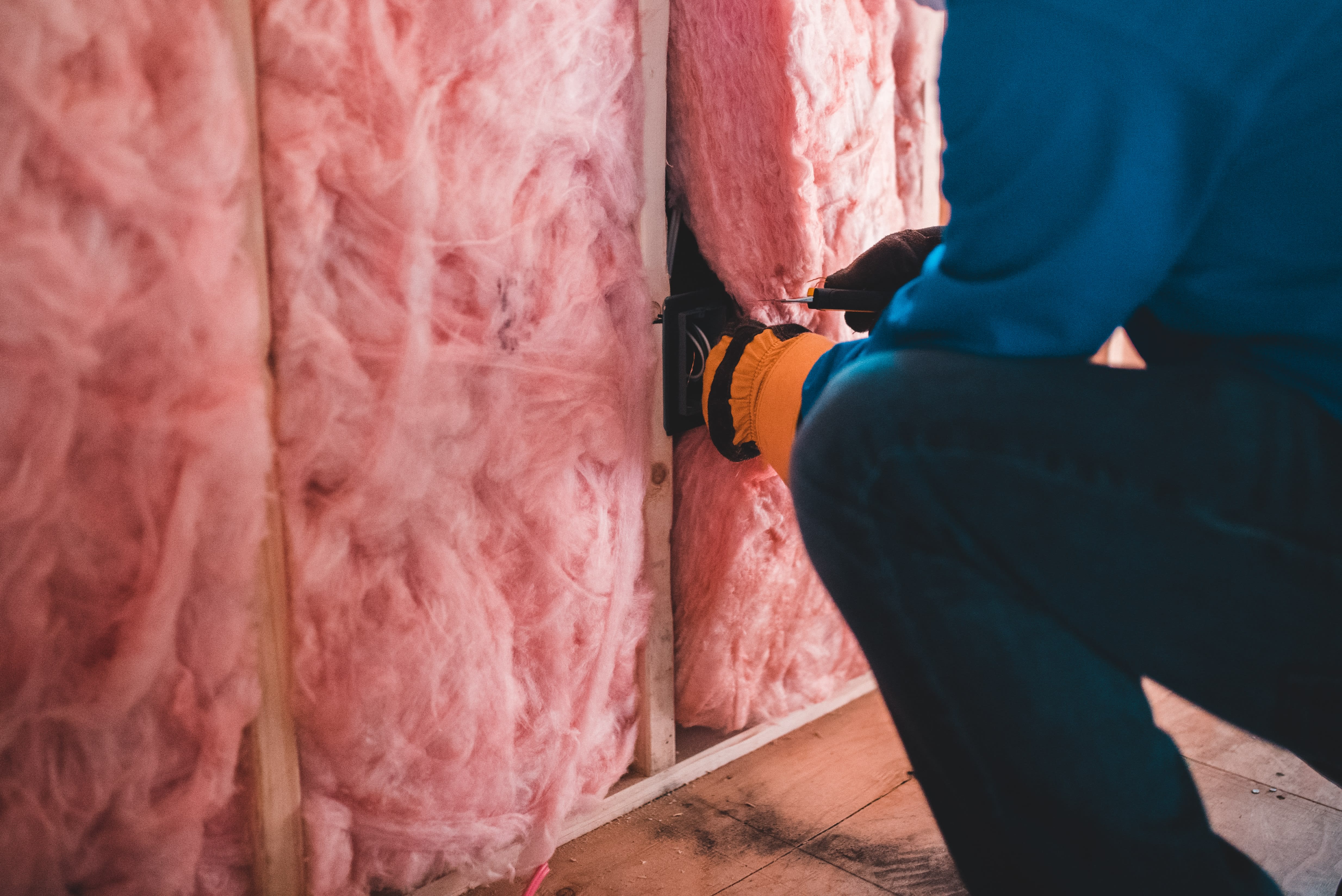
Batt insulation
Let’s start with batt insulation, this type of insulation comes in pre-cut rectangular pieces, designed to fit between the joists of your attic. Batt can be made from various materials, including fiberglass, mineral wool, cellulose, or cotton — and is available in different thicknesses and r-values.
You might know it as that stuff that kind of looks like cotton candy... 🍭
For those who prefer the DIY approach, batt insulation is often the simplest to install and can be easily adapted to fit around obstacles such as wires or pipes. However, it’s worth noting that its effectiveness can be somewhat compromised as it can be challenging to secure it tightly in every nook and cranny of your attic.
Batt insulation is ideal for attics that have standard joist spacing, minimal obstructions or penetrations that require special attention, and enough headroom for easy installation.
It's also great for DIYers who don't mind cutting the material to fit around any obstructions that may arise.
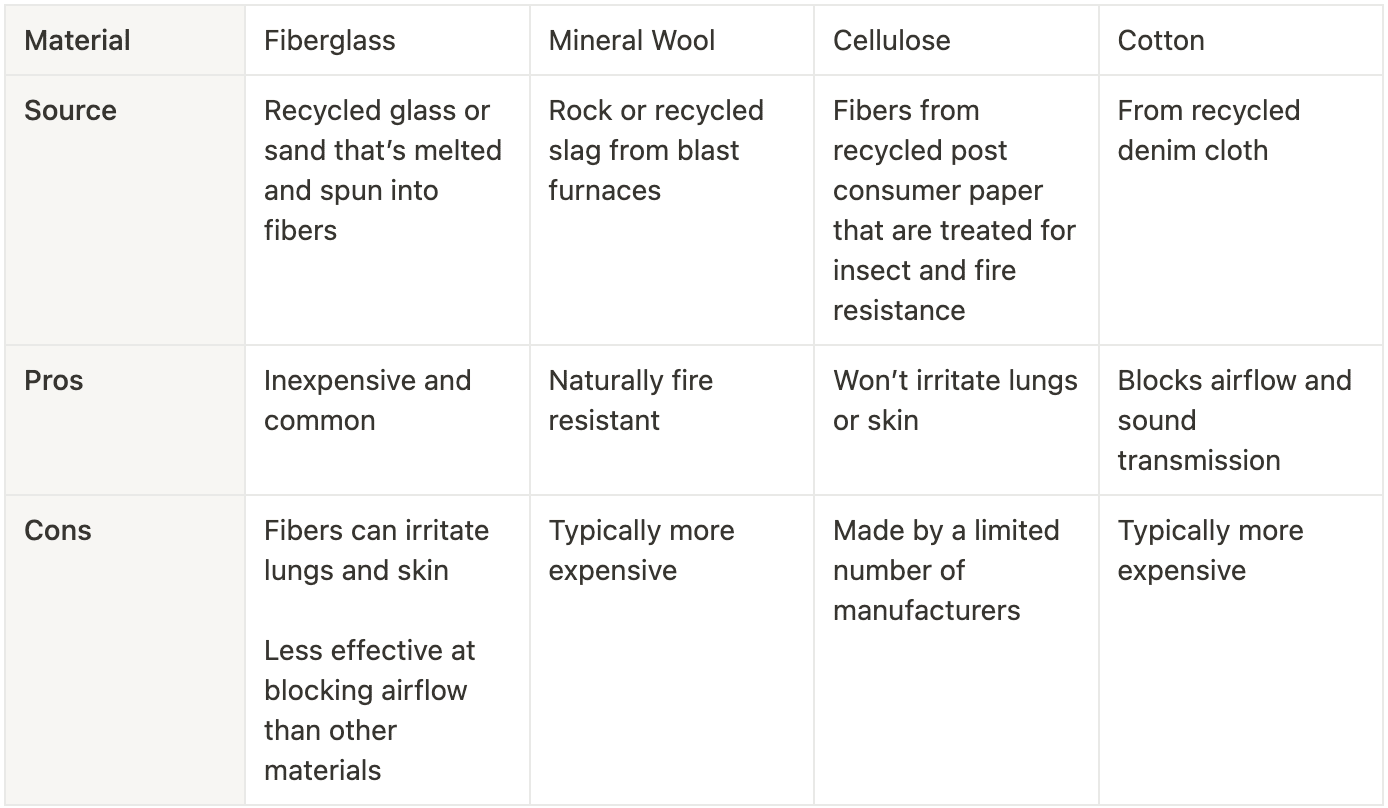
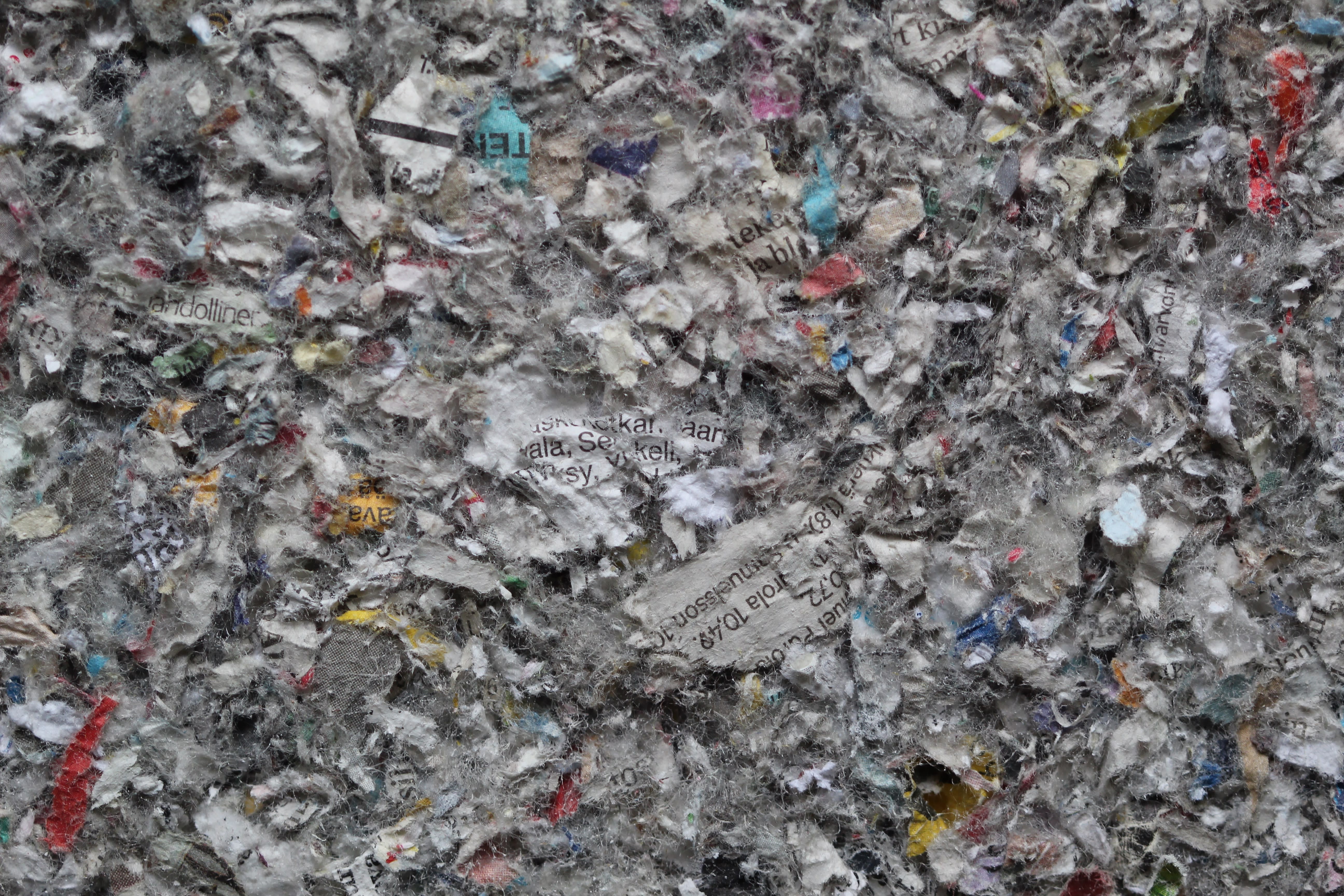
Loose-fill (blown-in) insulation
Loose-fill insulation is made of small particles of fiber, foam, or other materials — the most common types of materials are cellulose, fiberglass, and mineral wood. This type of insulation is like a chameleon, able to adapt and conform to any space without disturbing structures or finishes. 🦎
This ability makes loose-fill insulation well suited for retrofits and locations where it would be difficult to install other types of insulation.
It’s by far the best for attic floors as it completely fills every nook and cranny around wires and pipes or fixtures. It also covers over all wood studs, rather than having wood “stripes” of no insulation. However, after several years you’ll start to see the wood studs due to the cold and moisture.
And that’s not all! If you've got open walls or existing walls you don't want to tear apart, just blow or pump in some cellulose or fiberglass loose-fill insulation and voila! Your walls are insulated without any major renovations. It's like giving your walls a warm, cozy hug. 🤗
Loose-fill insulation is the perfect choice for attics that have irregular or nonstandard joist spacing, and are loaded with obstructions and penetrations that need special attention. It's also ideal for topping off existing insulation because of its ability to fill gaps and joints effectively.
For those tight and cramped low-clearance attics, loose-fill insulation is the way to go as it requires minimal headroom during installation. Plus, if you're a DIYer who's comfortable working with power equipment and looking to save time, loose-fill insulation is your go-to choice.
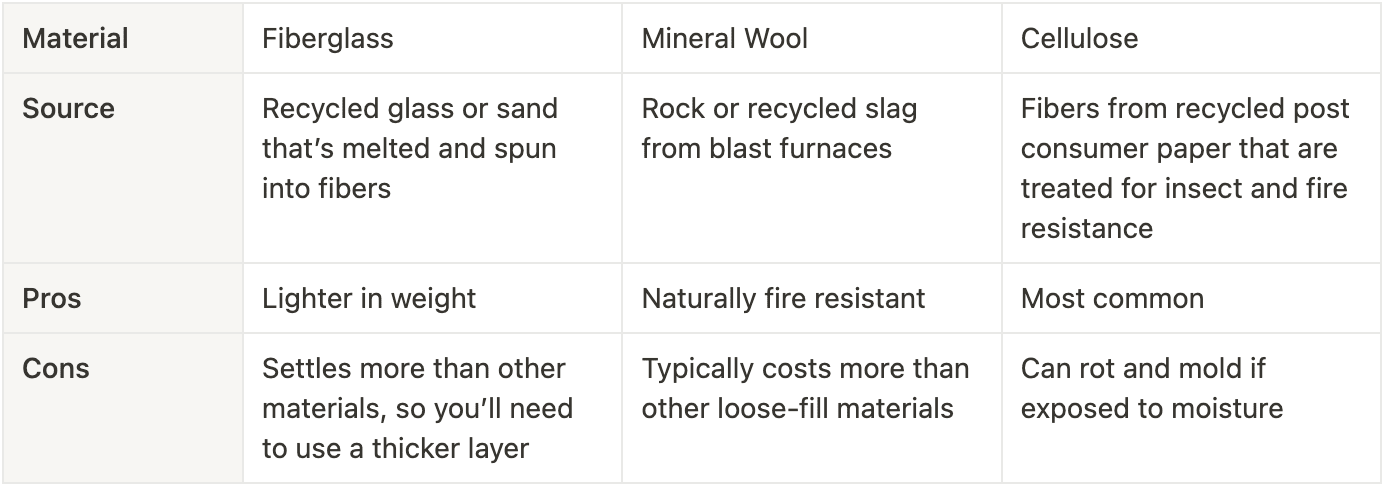
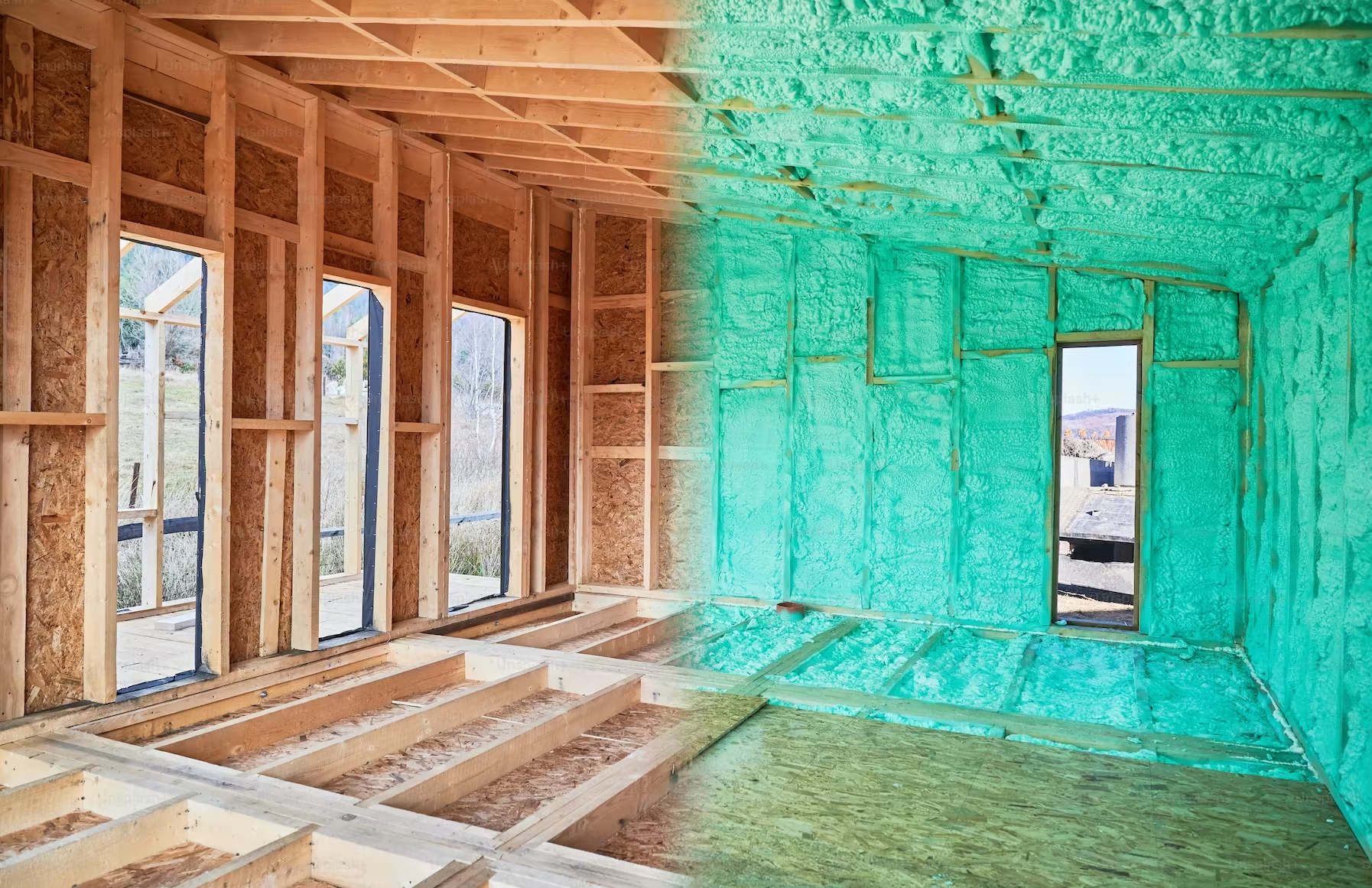
Spray foam insulation
Spray foam insulation involves blending two liquids together to create a chemical reaction that results in polyurethane foam. The two chemicals are transported separately in two tanks, and then mixed by gas pressure or liquid. When they meet, they create a foam solution which dries in place, forming an air and vapor barrier.
The foam contains pockets known as "cells," which create air gaps and barriers that make it difficult for heat and sound to pass through. Spray foam insulation is a superhero of sorts, sealing air leaks, reducing noise, fitting into every nook and cranny, and even helping prevent condensation and ice dams. 🦸
Spray foam insulation comes in two different types...
Open cell spray foam
This is called open cell spray foam because it consists of small pockets that aren’t completely enclosed.
- Can be applied to open cavities in any structure
- Creates air seal and continuous insulation in existing or new homes or pole barn
- Pliable and expands up to 100x
- More affordable than closed cell
- Will move with structure as home shifts and settles
- Allows water to move through but doesn’t retain it
Closed cell spray foam
Closed cell spray has enclosed pockets, making the cells densely packed.
- Not recommended for home
- Commonly used in pole barns, commercial structures, and vans
- It’s durable and can be left exposed
- Water cannot pass through
- Limits air leakage
- Doesn’t have high expansion rate
- In some cases, it can improve structural integrity.
Let's get this straight: Spray foam is a great insulator because of its excellent coverage. When applied, it expands in place and provides exceptional heat, air, and vapor barriers. It is also long-lasting, and if you choose to do it yourself, you can find kits at the store.
But, let's be real - spray foam insulation isn’t the cheapest. It's like the Rolls Royce of insulation, so you'll have to spare a few extra bucks for the good stuff. 💰 Plus, things can get a little messy and you'll need some patience while it dries.
But trust me, once it's done, you'll be living in comfort!
Ready to DIY attic insulation? This one’s for you!
You want to avoid those labor fees — we get it! Let’s talk about how to properly insulate an attic on your own.
Before you break out the insulation, it’s crucial to give your attic a once-over for any potential water damage. Patching up these areas should be your top priority to prevent the growth of mold and to maintain your home’s structural integrity.
Next, it’s time to plug any sneaky gaps that may be letting in unwanted outside air. Some gaps may be hard to see, so don’t hesitate to call in the pros if needed. Fill in any gaps you find with caulk or expanding foam to bolster your insulation’s effectiveness.
Finally, choosing the right insulation is key. With options like batt, loose fill/blown in, foam board, and spray foam insulation, it’s easy to get overwhelmed.
If you’re a DIYer, it’s best to opt for batt or loose fill insulation for safety reasons, but that doesn’t mean you can’t use spray foam insulation — just be sure to read the instructions carefully. Assess your space and pick the material that will work best for your needs.
Let’s recap: the 30-second attic insulation guide
Here’s a handy guide to help simplify your decision-making process. The following insulation options are ranked from lowest to highest r-value per inch so you can decide how much to insulate your attic. Please note that the r-value is also dependent on what material the insulation is made from:
- Loose-fill (or Blown-in)
- Batts and rolls
- Spray foam
- Foam board
Hopefully this can assist in narrowing down which insulation may be best for you!
Woah, so that was a lot on insulation….
But now that you know more, hopefully you can make an informed decision on what type of insulation is best for you. With so many different options it’s expected to be a little overwhelm.
Just take it slow, we’re here to help. And before you make any decisions, sign up to our dashboard to find out about the rebates that can help you make the process more affordable!
